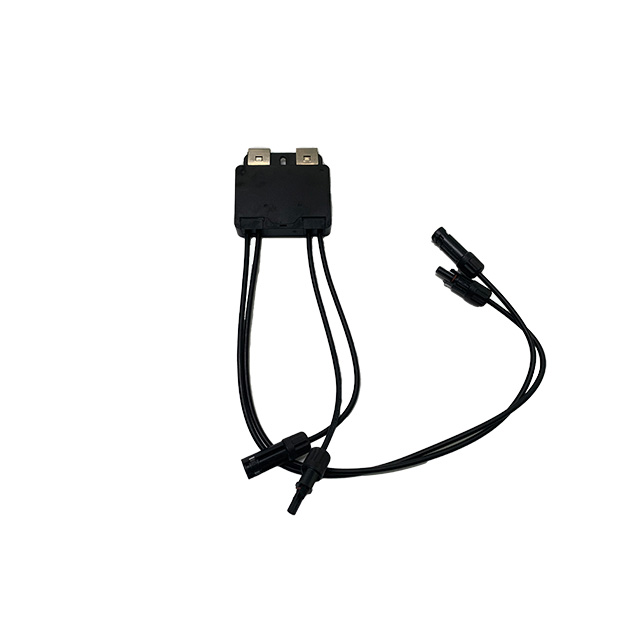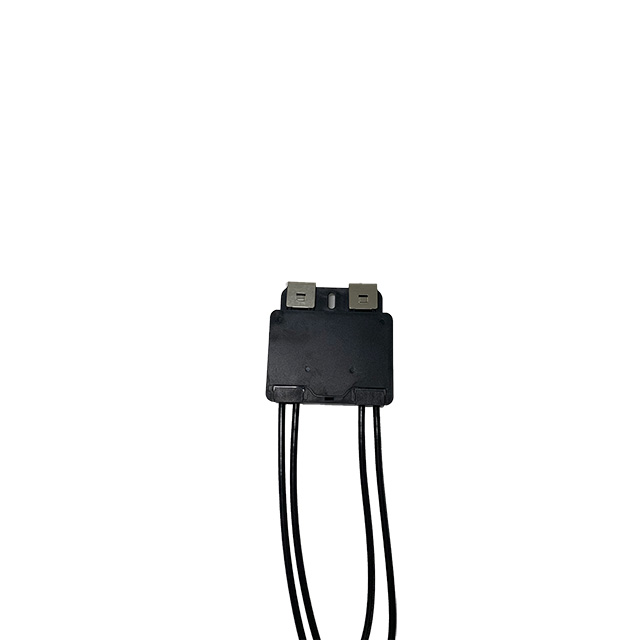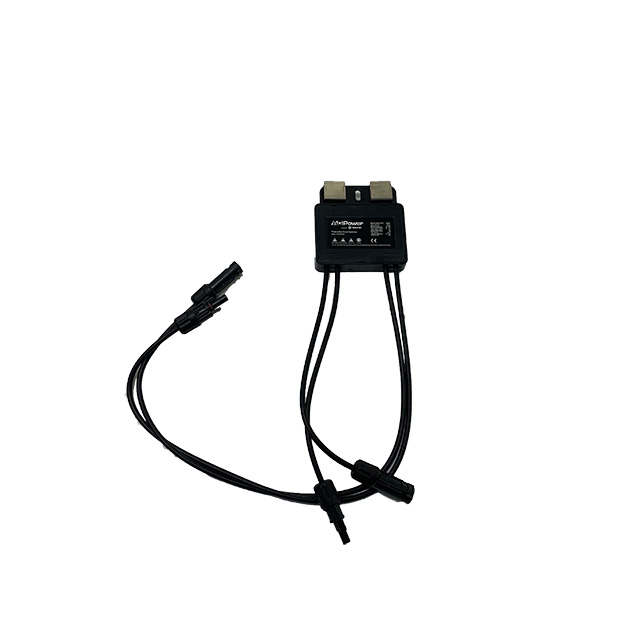Author:BLD Solar Energy SystemFROM:Solar System Converter Manufacturer TIME:2023-09-12
Technical Features of Solar Panel Optimisers Cost

In recent years, the solar power industry has witnessed significant growth and innovation. One of the key technologies contributing to the efficiency and performance of solar panels is the use of optimisers. Solar panel optimisers are electronic devices that improve the overall output of photovoltaic (PV) systems by mitigating the impact of shading, module mismatch, and other operational issues. However, it is crucial to understand the technical features and associated costs of these optimisers to make informed decisions for solar panel installations.

Solar panel optimisers are installed at the module or panel level in a PV system and work in conjunction with each solar panel. These devices employ a power electronics interface to regulate the voltage and current of each panel, ensuring maximum power generation. By using optimisers, the negative effects of partial shading or panel mismatch are minimized, resulting in increased energy harvest throughout the day. Additionally, optimisers enable real-time monitoring and advanced analytics, allowing system owners to track the performance of individual panels and detect any potential issues promptly.

When evaluating the cost of solar panel optimisers, several factors come into play. The primary cost considerations include the upfront purchase price, installation expenses, and potential maintenance costs. Optimisers are typically more expensive than traditional string inverters due to their higher complexity and additional electronics. However, the improved performance and increased energy output can offset this initial cost. Furthermore, the installation process might require specialized skills and equipment, contributing to installation expenses. Lastly, while optimisers generally have low maintenance requirements, periodic inspections and firmware updates may be necessary to ensure optimal performance.
It is important to note that the cost-effectiveness of solar panel optimisers depends on the specific characteristics of the PV system. For large-scale installations with minimal shading and uniform panel specifications, the benefits of optimisers may not justify the additional expenses. However, for residential or commercial installations with shading issues or panels with different orientations, optimisers can significantly enhance overall energy production and pay for themselves over time.
Solar panel optimisers offer a range of technical features that improve the efficiency and performance of photovoltaic systems. By mitigating shading effects, addressing module mismatch, and providing real-time monitoring capabilities, optimisers maximize the energy output of each solar panel. While the initial purchase and installation costs may be higher compared to traditional string inverters, the long-term benefits and increased energy generation make optimisers a worthwhile investment, particularly for installations with shading challenges. Understanding the technical features and associated costs of solar panel optimisers is crucial for making informed decisions and optimizing the return on investment in the solar power industry.
